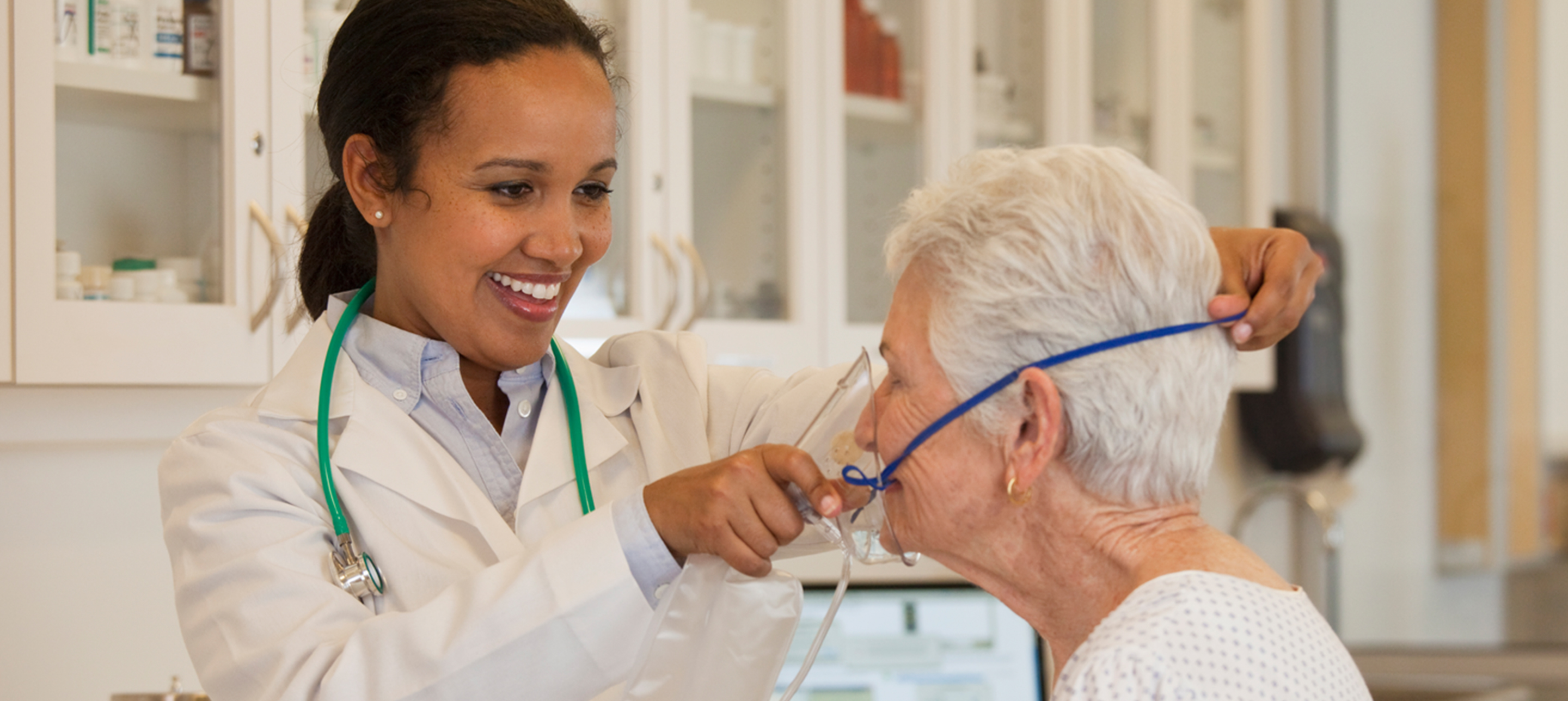
Supplemental Oxygen: Oxygen Safety
First, it is important to not run out of oxygen when you need it. The contents indicator or pressure gauge on your tank tells you how much oxygen is left. Plan ahead so you do not run out of oxygen. Have a back-up oxygen supply in case of emergency.
It is important to learn to use your oxygen equipment safely and effectively. Here are some tips:
- Oxygen does not burn, but it does support combustion. So, anything that can burn will burn much faster in an oxygen-rich environment.
Oxygen should never be used near an open flame or anything that can produce intense heat, flames or sparks, such as a burning cigarette, a lighted match, heaters, heating pads, hair dryers, a stove or a pilot light. Anything that can produce hot flames or sparks during operation should be kept at least 5 feet away from your oxygen equipment. The highest safe temperature for an oxygen tank is 125 degrees Fahrenheit. - Do not use oil, grease, Vaseline or any other flammable substance on your oxygen equipment or on your skin near the equipment. Use water-based products only.
- If frost forms on your liquid oxygen equipment, don't allow the frosted parts to come into contact with your skin. It can cause a frostbite skin injury.
- Store cylinders in an upright position and secured in an approved cart or other storage device.
- If you are using a humidifier, use only the recommended type and amount of water. Due to increase in back pressure and resistance to flow, disposable humidifier bottles should not be used for oxygen flows greater than 6 liters per minute. There are humidifier bottles available for higher oxygen flows.
- A high flow cannula should be used for oxygen flows above 6 liters per minute.
Next:
Supplemental Oxygen Index:
UCSF Health medical specialists have reviewed this information. It is for educational purposes only and is not intended to replace the advice of your doctor or other health care provider. We encourage you to discuss any questions or concerns you may have with your provider.
















